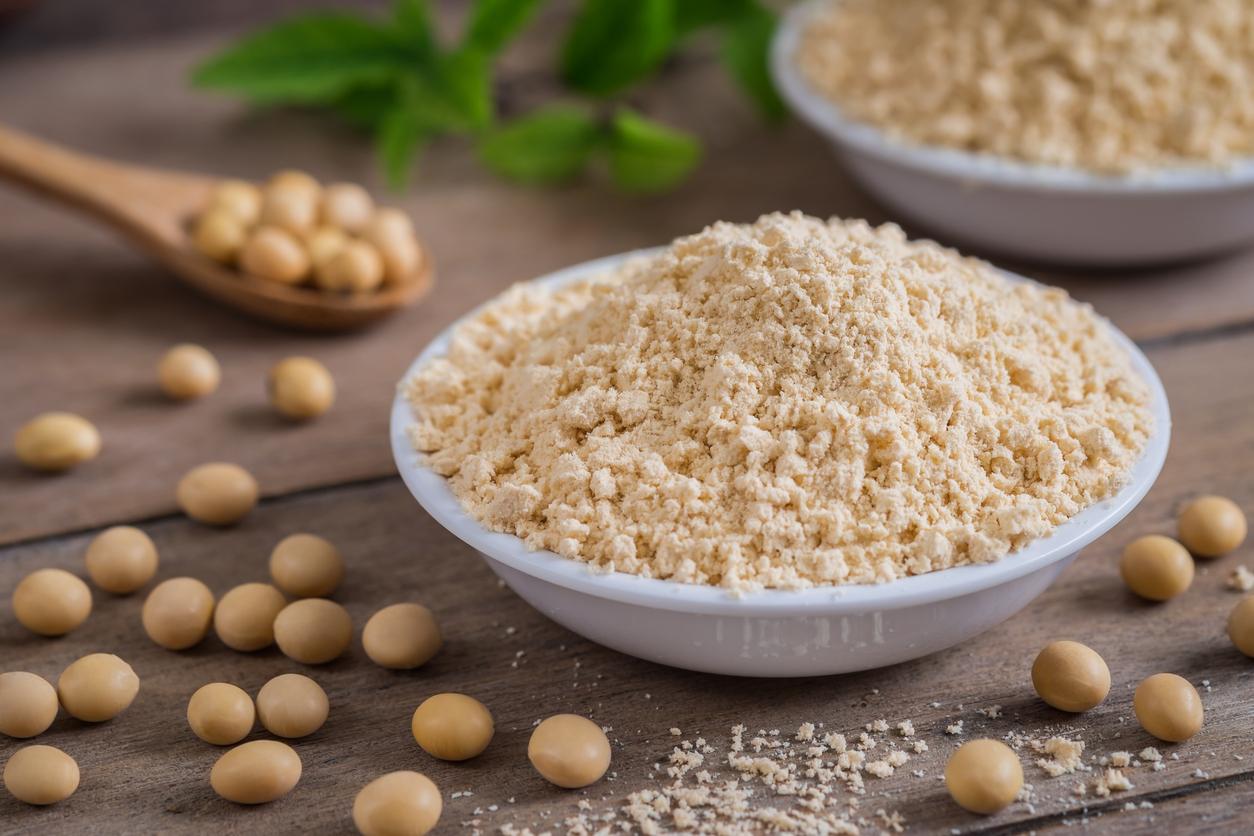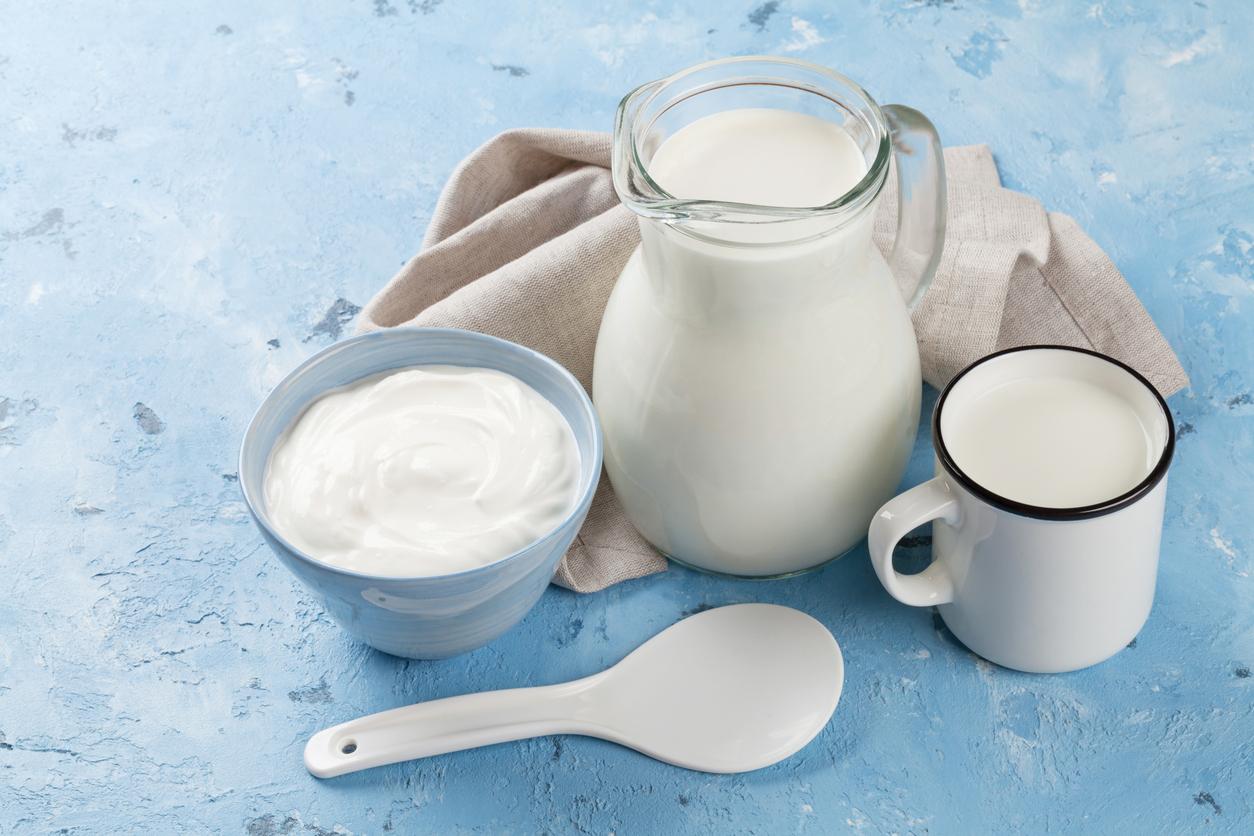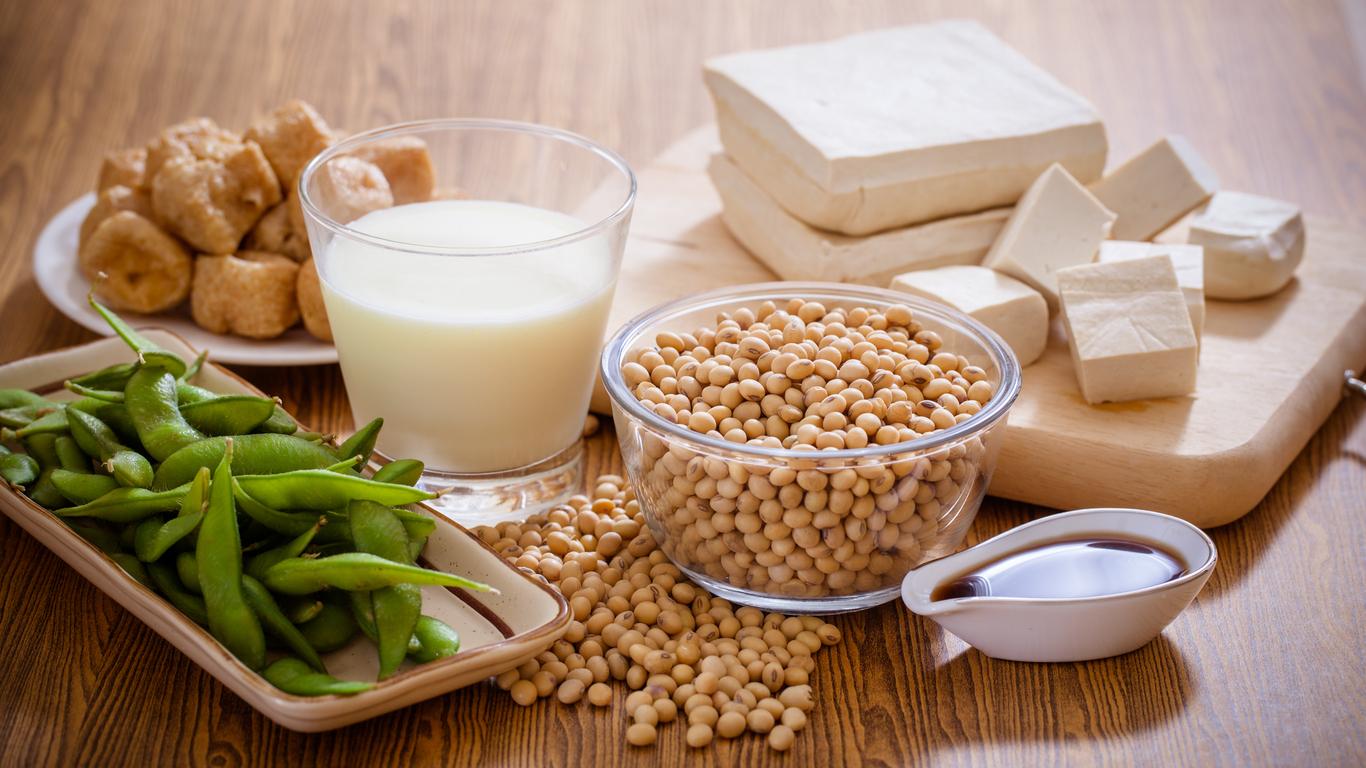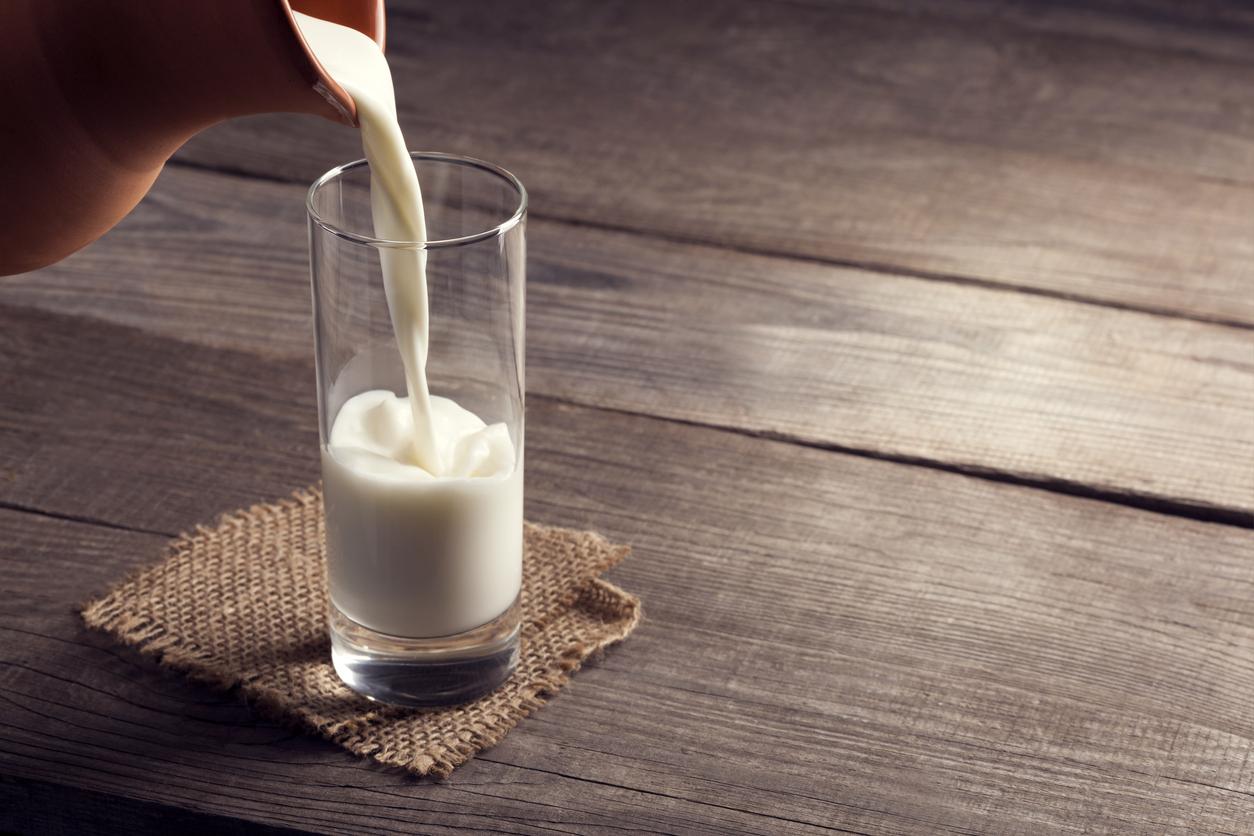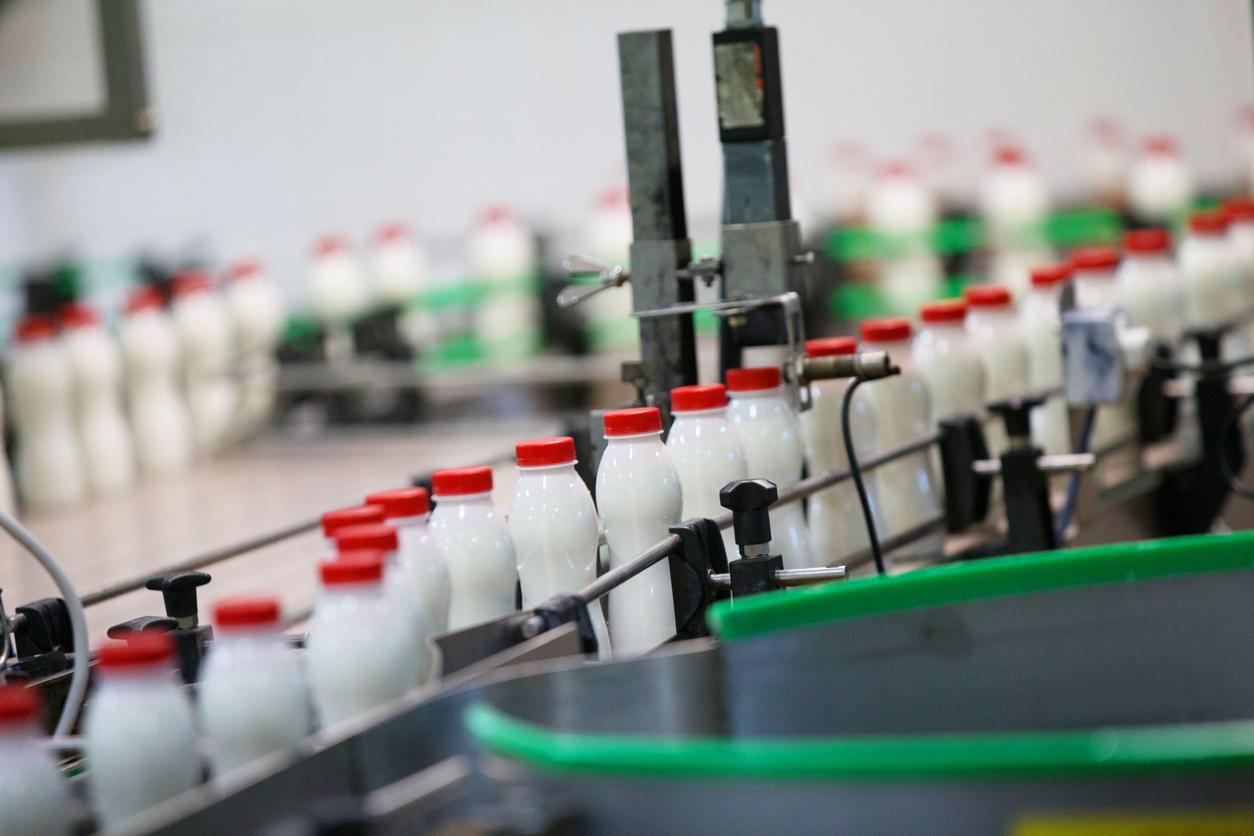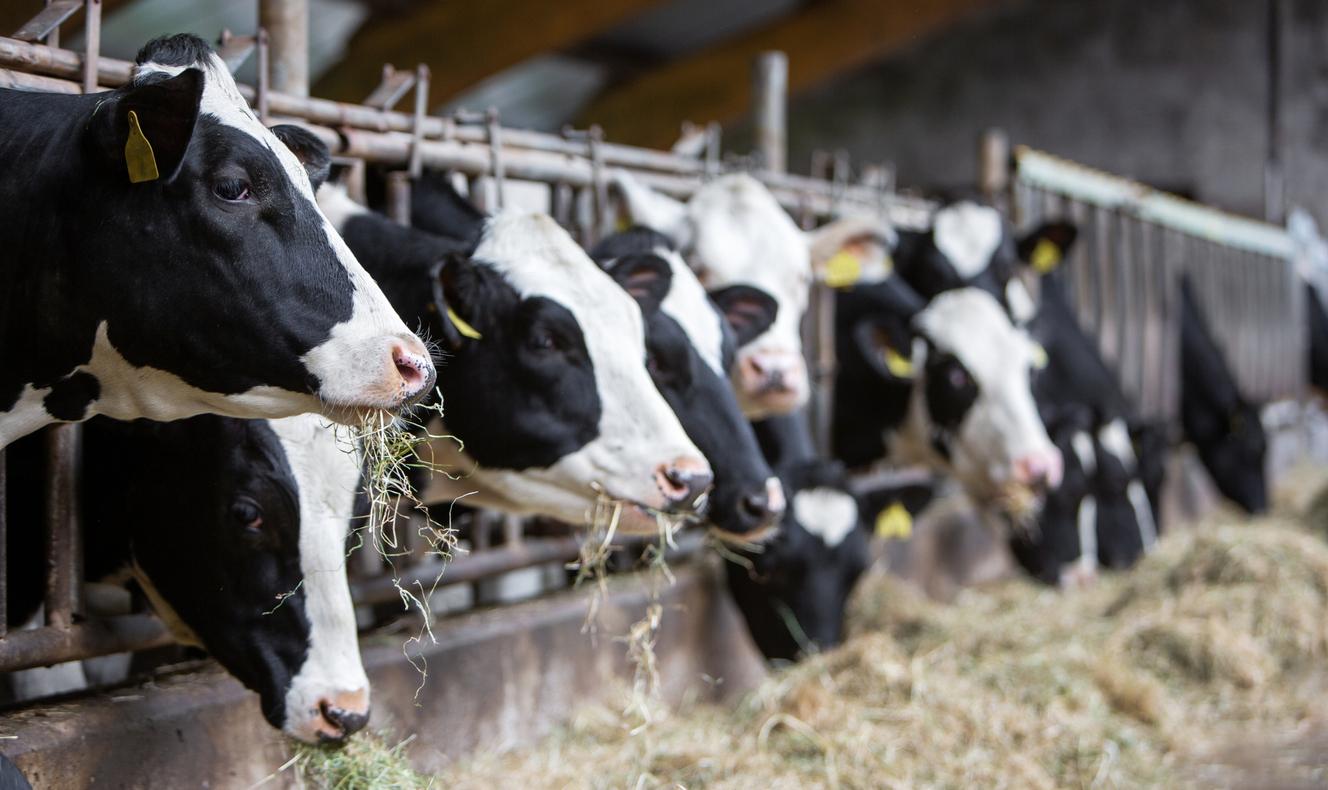Infants who consumed soy formula had differences in certain tissues and cells of the reproductive system, compared to babies fed cow’s milk or breastfed, according to results of a study published in the medical journal Clinical Endocrinology and Metabolism. While the differences measured in the months following birth are subtle and not a cause for concern, they reflect a need to further study the long-term effects of exposure to estrogenic compounds found in soy formulas. .
Researchers at the Children’s Hospital of Philadelphia in the United States conducted a study to understand the effects of a soy milk diet on babies. Soy is a protein that contains high levels of genistein, a polyphenol known for its similarity to the female hormone estrogen.
Soy milk disrupts the reproductive system of little girls
“Soymilks contain high concentrations of estrogenic compounds of plant origin, and since this formula is the only food source for many babies during the first six months of life, it is important to understand the effects. of these compounds during a critical period in development, “said Virginia Stallings, director of the nutrition center at Children’s Hospital of Philadelphia (CHOP).
Researchers compared the health of 102 infants aged 28 to 36 weeks fed soy milk with those of children who drank cow’s milk (111) or were breastfed by their mothers (70).
Researchers repeatedly took measurements up to the age of 28 weeks for boys and up to 36 weeks for girls. The team evaluated three sets of results: a maturation index (MI) based on epithelial cells from urogenital tissue of children; ultrasound measurements of uterine, ovarian and testicular volume, as well as breast buds and hormone levels seen in blood tests.
The results of the study revealed major differences for girls. Compared to girls fed cow’s milk formula, children fed soy formula showed developmental changes. Vaginal cell MI was higher and uterine volume decreased more slowly in soy-fed girls. The study team found similar trends with soy-fed girls and breast-fed girls.
“We don’t know if the effects we found have long-term health and developmental consequences, but the issue deserves further study,” said study author Virginia Stallings. “The children in this cohort should be followed up later in childhood and adolescence.”
Read also:
Plant milks: are they good for me?
Are plant-based milks like milk?
Goat’s milk: why is it more digestible?










